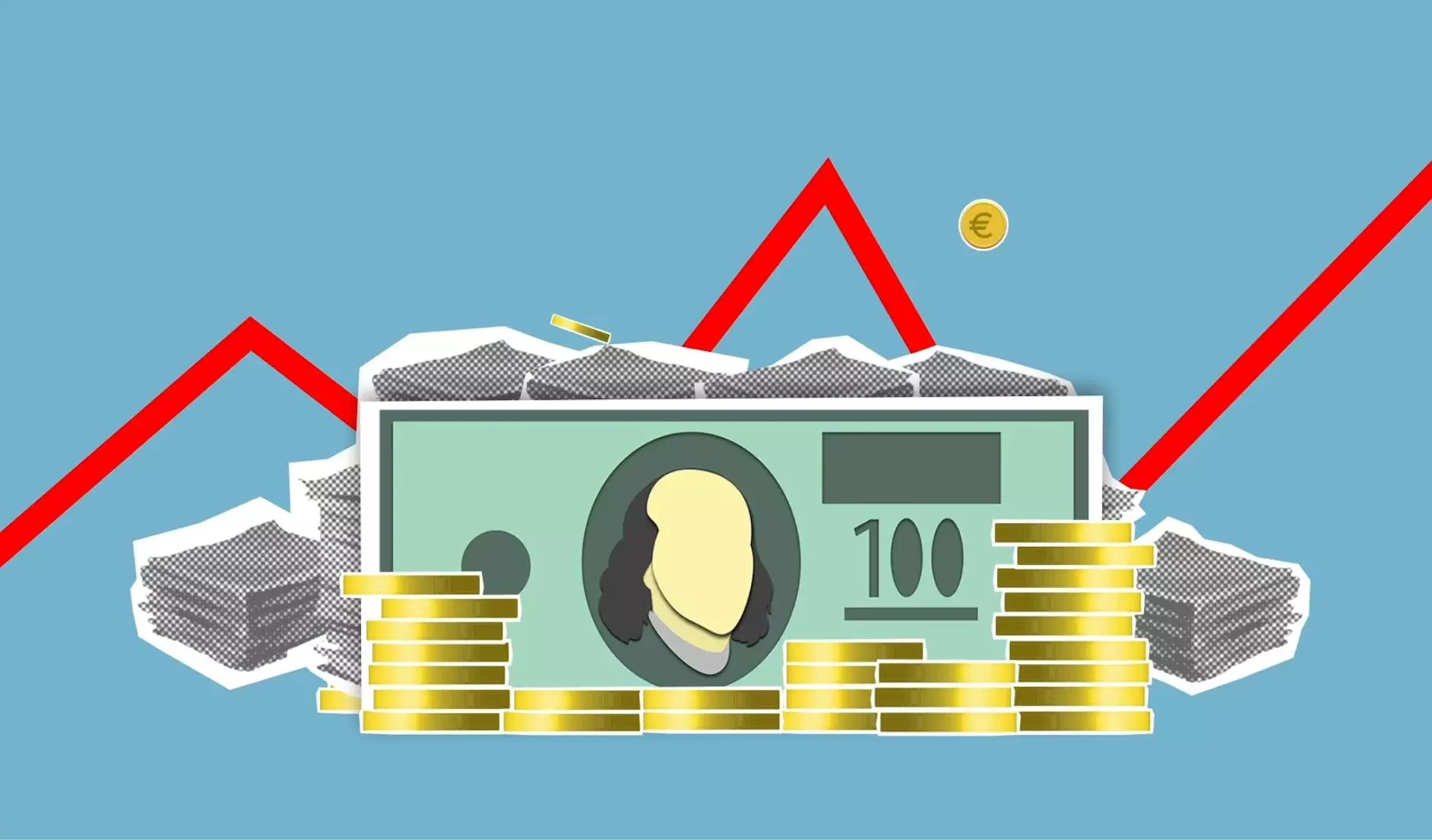FLM Step 27: Counting the cost of credit
Financials & Reports
Understanding the True Cost of Credit
At Social Service of America, we are committed to empowering individuals and communities with knowledge and resources that enhance their financial well-being. In this article, we delve into FLM Step 27, focusing on the importance of counting the cost of credit.
The Impact of Credit on Personal and Community Finances
Credit plays a crucial role in our lives, affecting both personal and community finances. Understanding the true cost of credit is essential for individuals, families, and communities to make informed financial decisions.
1. Types of Credit
Before we dive into the details, let's briefly discuss the various types of credit. It's important to differentiate between revolving credit, such as credit cards, and installment credit, such as mortgages or car loans.
2. Interest Rates and Fees
When obtaining credit, it's essential to pay attention to the interest rates and fees associated with the loan. Even a seemingly small difference in interest rates can have a significant impact on the overall cost of credit over time. Understanding the terms and conditions of the loan, including any hidden fees, is crucial to avoid unnecessary financial burdens.
3. Credit Score and Creditworthiness
Your credit score plays a vital role in determining the cost and availability of credit. Lenders assess your creditworthiness based on your credit score, which is derived from your credit history. It's essential to maintain a good credit score by making timely payments, managing debts responsibly, and preventing defaults.
Calculating the Cost of Credit
Calculating the true cost of credit requires a comprehensive analysis of various factors. The following factors should be considered:
1. Principal Amount
The principal amount refers to the initial sum borrowed. This amount forms the basis for calculating interest and determining the overall cost of credit. Understanding the principal amount is fundamental to assessing the affordability of credit.
2. Annual Percentage Rate (APR)
The APR represents the true cost of borrowing, including both the interest rate and any additional charges. Comparing APRs allows borrowers to make informed decisions and choose the most cost-effective credit option.
3. Loan Term
The loan term refers to the duration over which the loan is repaid. Longer loan terms may seem attractive due to lower monthly payments, but they can result in higher overall interest costs. It's crucial to consider the loan term and identify the most suitable repayment schedule.
4. Repayment Frequency
The frequency of loan repayments impacts the cost of credit. Some loans require monthly payments, while others may have bi-weekly or quarterly repayment schedules. Understanding the repayment frequency enables borrowers to plan their budgets effectively and avoid missed payments.
The Importance of Financial Literacy
Being financially literate is key to making informed decisions about credit. Social Service of America is dedicated to promoting financial literacy among individuals and communities. With access to educational resources, workshops, and counseling services, we empower individuals to navigate the complex world of credit and improve their overall financial well-being.
Join Social Service of America in Promoting Financial Well-being
As a philanthropic organization focused on enhancing the community's welfare, Social Service of America invites you to join us on our mission. By fostering financial literacy, providing resources, and advocating for fair credit practices, together we can create a better future for all.










